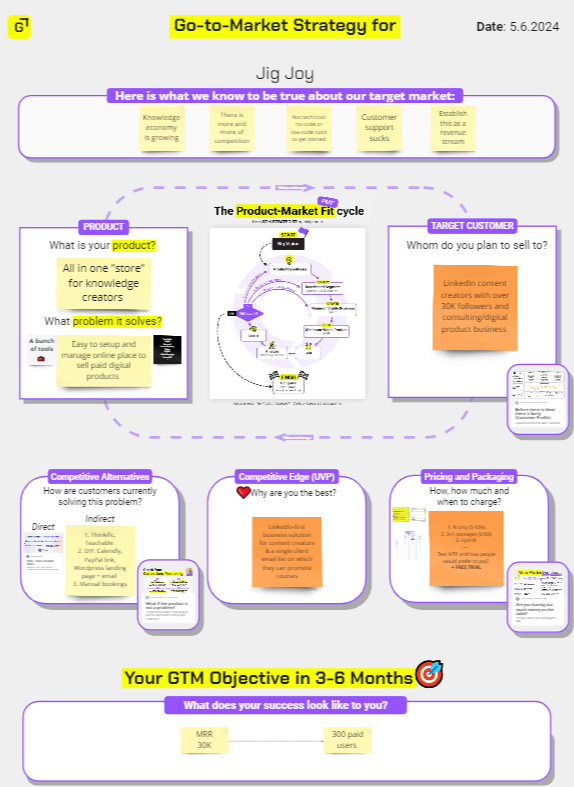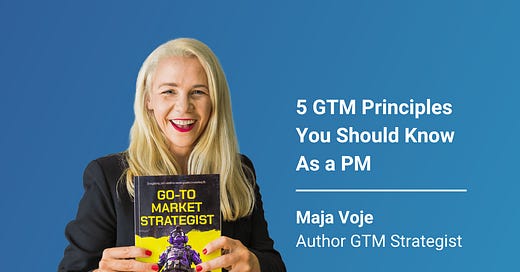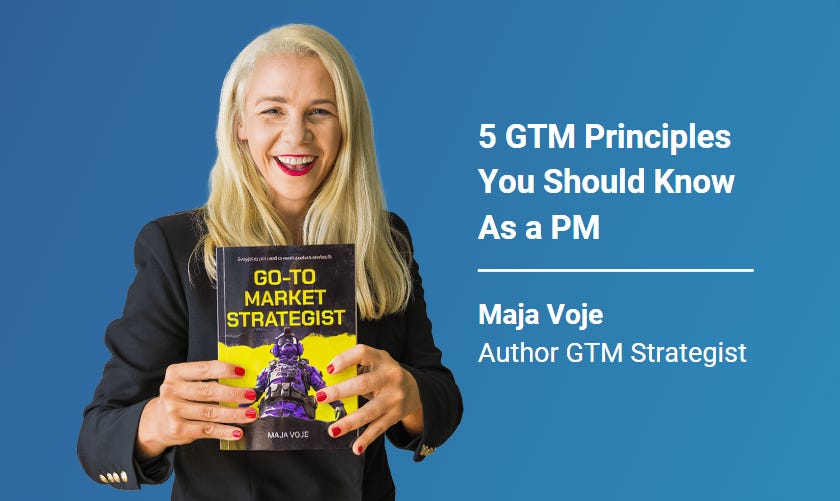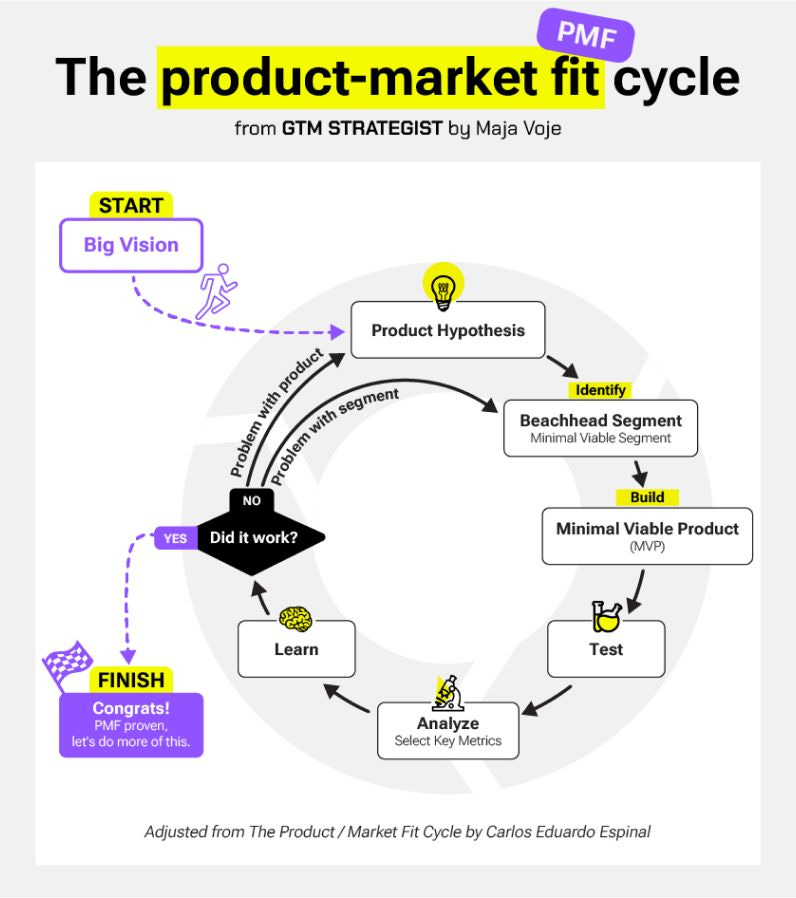5 GTM Principles You Should Know as a PM
Proven Go-to-Market principles with actionable frameworks and free templates
Hey, Paweł here. Welcome to the free archived edition of The Product Compass.
Hate it or love it, co-creating a Go-to-Market Strategy is part of a Product Manager’s responsibilities.
Imagine presenting a fully developed product to the business and saying:
“Here is a product. We will launch it in 14 days. Now get me 1000 users, and please use product-led growth because I do not want to go for sales calls.”
A recipe for disaster.
So, where should you start?
For this Substack, I’ve teamed up with , a best-selling author of the Go-to-Market strategist book and checklist, which has helped more than 6,500 teams, including Fortune 500 companies, cross the chasm and go to market with confidence.
The best Go-to-Market operations I worked with had strong Product Managers. Understanding GTM basics allowed them to be among the best in the field.
But many PMs I talk to struggle with the basics: understanding of ICP (Ideal Customer Profile), pricing, value proposition, positioning and messaging, and GTM motions.
Over the years, I refined 5 core GTM principles that cover what you need to know:
The Product-Market Fit Cycle
Go Small Before You Can Win Big Time
Align Early Customer Profile (ECP) with Ideal Customer Profile (ICP)
Seven GTM Motions: For Most Companies, Only 2-3 Will Work
Five Growth Loop Archetypes: Engineer Them to Your Product
I will discuss each principle, and for each, I will share:
A mental model to remember
My advice (Maja’s secret sauce)
A free, actionable GTM framework and template
Let’s get into it right now.
1. The Product-Market Fit Cycle
Getting to the PMF is not “magic.” It’s a systematic approach that involves a cycle of validating assumptions in the early GTM stages, such as:
Who should be your ICP?
How should you charge?
What price to set?
How good should the MVP be?
How will you attract customers to your product?
The sooner you start validating your assumptions, the more informed decisions you can make.
Mental model
I have adapted the Product-Market Fit cycle by Carlos Eduardo Espinal:
Maja’s secret sauce
It is perfectly ok to start validating the initial assumptions with discovery interviews, but do not stop there. People say many things, but that does not mean they will actually do them.
While interviews should be done through the GTM mission, enhance them with pre-sales, marketing tests, or at least a waitlist to gather some behavioral data.
World-class GTM teams launch many A/B tests and experiments before MVP ever sees the light of the world. Unless you build in complete stealth mode, doing this will help you collect evidence to make your decisions with more confidence.
Paweł’s advice
Can’t agree more, Maja. We discussed a similar approach in the How to Achieve Product-Market Fit series.
I typically recommend starting by running inexpensive experiments to validate the market engagement, which can be expressed as the XYZ Hypothesis and collecting skin-in-the-game. Later you can mitigate the risks for individual features.
Note for the readers: Some of you know I stopped using the term “MVP.” Here, the context is clear - building the first version of a product. I agree that it should happen only after the initial discovery.
Actionable GTM framework: GTM Power Hour
Here’s a framework we’ve been successfully using, including Fortune 500 companies. It will help you list the initial GTM assumptions that you need to validate for your GTM Strategy:

Keep reading with a 7-day free trial
Subscribe to The Product Compass to keep reading this post and get 7 days of free access to the full post archives.







